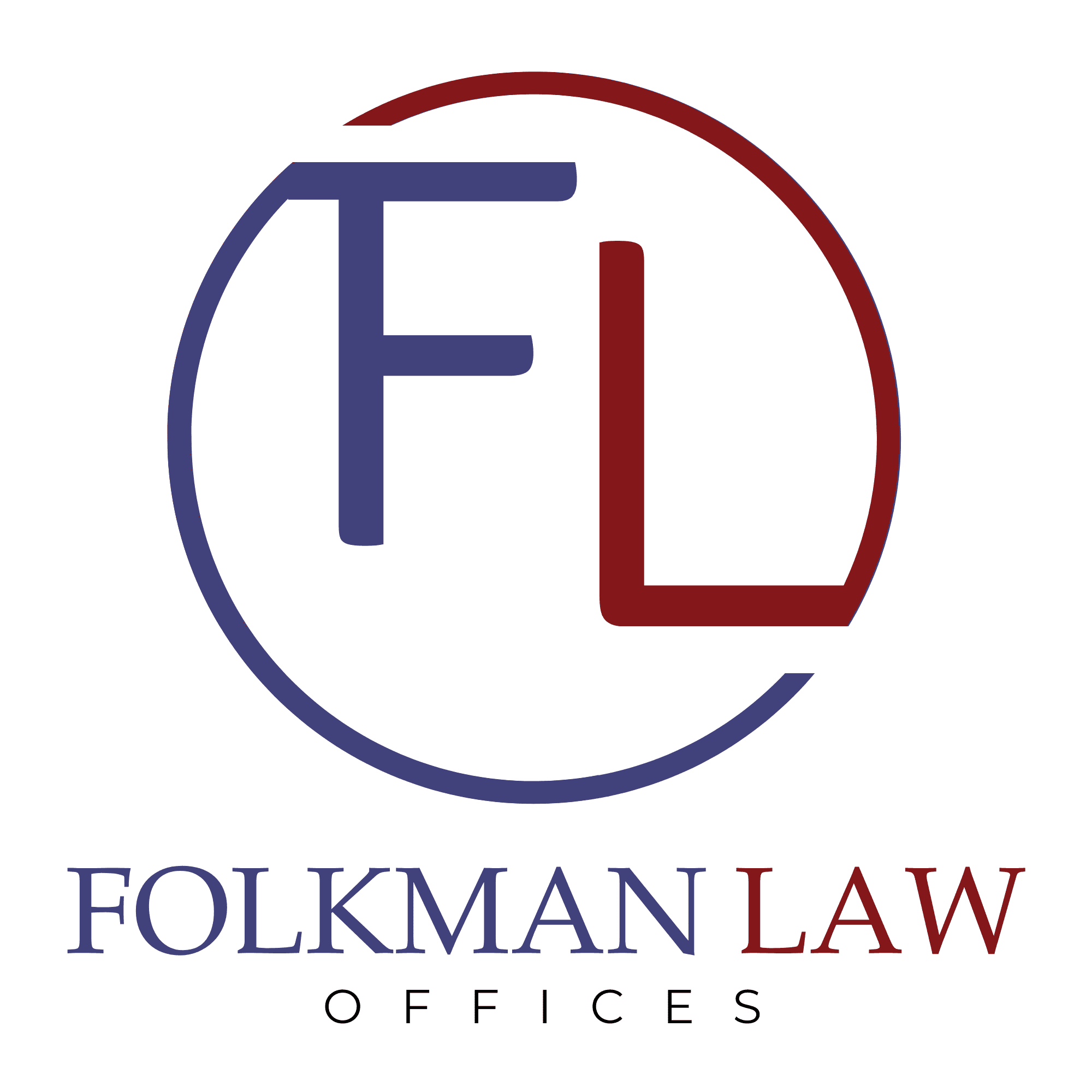What Is the FMLA?
The Family and Medical Leave Act of 1993 (the “FMLA”) was enacted to help employees balance their work and family responsibilities by allowing them to take reasonable unpaid leave for certain family and medical reasons. “The twin purposes of the FMLA are to ‘balance the demands of the workplace with the needs of families’ and ‘to entitle employees to take reasonable leave for medical reasons.'” Hodgens v. Gen. Dynamics Corp., 144 F.3d 151, 159 (1st Cir. 1998) (quoting 29 U.S.C. § 2601(b)(1)-(2)).
The FMLA provides up to twelve (12) weeks of unpaid leave per year to eligible employees, and requires group health benefits to be maintained during the leave as if employees continued to work instead of taking leave. At the end of their FMLA leave, employees are also entitled to return to their same or an equivalent job.
The FMLA applies to all public and private employers with fifty (50) or more employees. These employers must provide an eligible employee with up to 12 weeks of unpaid leave each year for any of the following reasons:
- For the birth and care of the newborn child of an employee
- For placement with the employee of a child for adoption or foster care
- To care for an immediate family member (spouse, child, or parent, but not a parent-in-law) with a serious health condition
- When the employee is unable to work because of a serious health condition
Employees are eligible for FMLA leave if all of the following apply:
- They’ve worked for their employer at least 12 months
- They’ve worked at least 1,250 hours over the past 12 months, or about 25 hours per week
- They work at a location where the company employs 50 or more employees within 75 miles
What Is FMLA Discrimination?
An employer is prohibited from unlawfully discriminating against employees who have used FMLA leave. Specifically, “[a]n employer is prohibited from discriminating against employees … who have used FMLA leave.” 29 C.F.R. § 825.220(c). Nor may employers “use the taking of FMLA leave as a negative factor in employment actions, such as hiring, promotions or disciplinary actions.” 29 C.F.R. § 825.220(c). For any such violation, the employer is subject to a claim for compensatory damages and, unless the court finds the violation occurred in good faith, additional liquidated damages. 29 U.S.C. § 2617(a)(1)(A).
To establish a prima facie case of FMLA discrimination, an employee “must show (1) she availed herself of a protected right under the FMLA; (2) she was adversely affected by an employment decision; and (3) there is a causal connection between the employee’s protected activity and the employer’s adverse employment action.” Parker v. Hanhemann Univ. Hosp., 234 F. Supp. 2d 478, 488 (D.N.J. 2002). If the employer asserts a legitimate, non-retaliatory reason for the adverse action, the employee must show, by a preponderance of the evidence, that the employer’s conduct was nonetheless motivated by retaliatory reasons. For example, the employee may present evidence of inconsistencies and implausibilities in the employer’s proffered nondiscriminatory reasons in order to establish that those reasons are pretextual.
Contact the Experienced Employment Discrimination Attorneys at Folkman Law Offices, P.C.
If you or a loved one has been the victim of FMLA discrimination in employment, you need the services of an experienced employment discrimination lawyer. Contact Folkman Law Offices, P.C. to schedule a free consultation to discuss your case by calling 856-354-9444, or submit an online inquiry. Our offices are conveniently located in Cherry Hill, New Jersey and Philadelphia, Pennsylvania to assist clients throughout the area.



